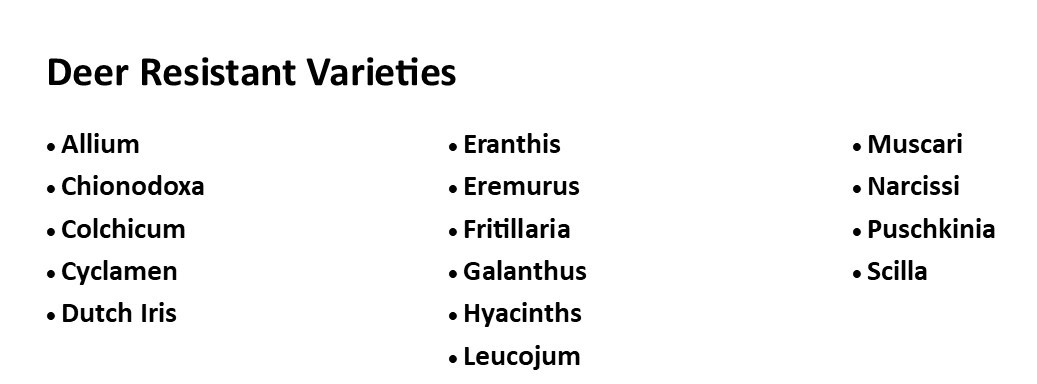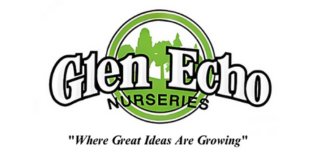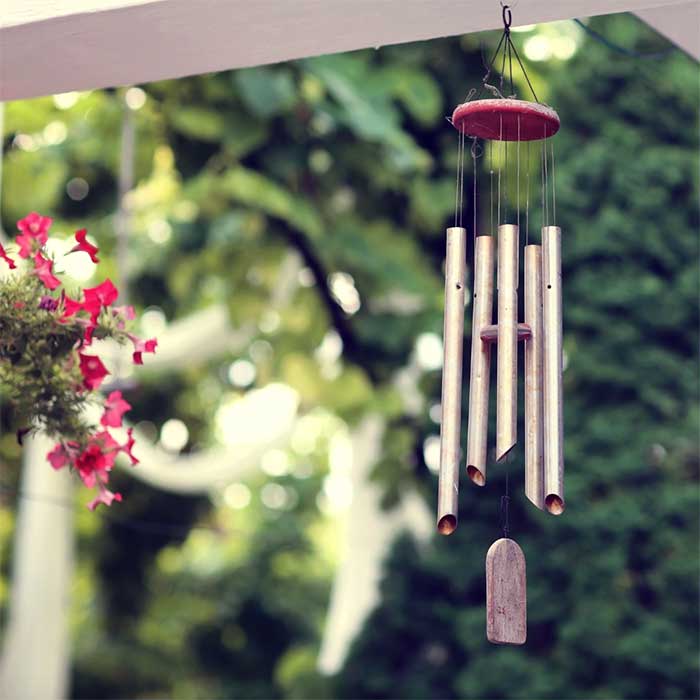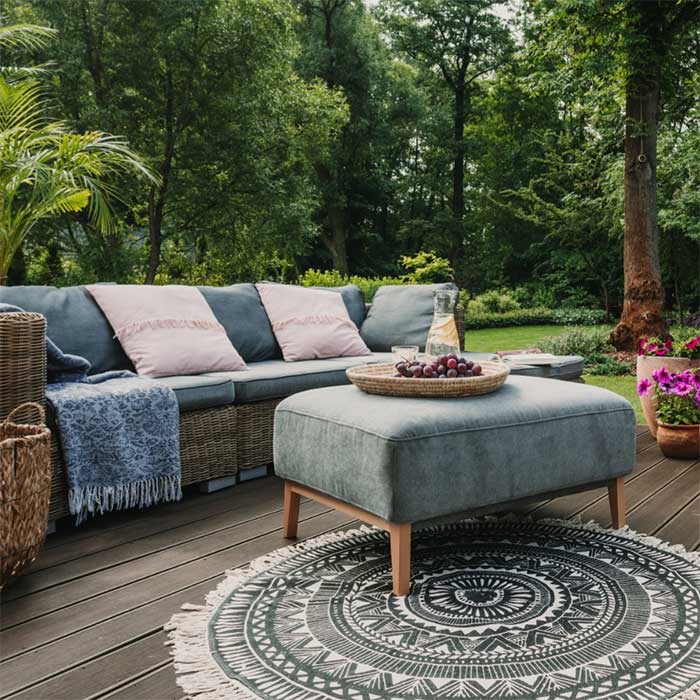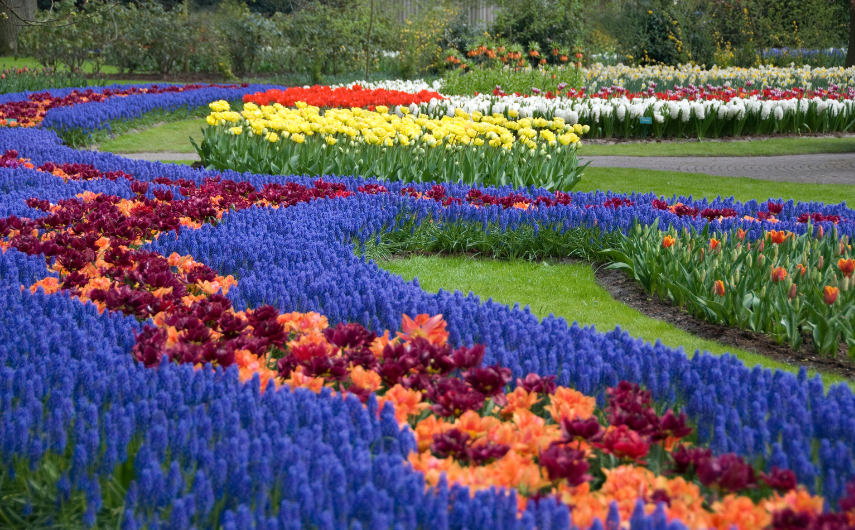
Florissa says spring flowering bulbs are unique living organisms that have everything they need to produce gorgeous bloom and foliage this spring! So as living organisms they need to be cared for. Until you are ready to plant, please store them in a cool, dry, well-ventilated area away from ripening fruit (apples, pears, bananas). Ripening fruit release a non-toxic gas called ethylene that will damage the dormant flower bud in the bulb which results in lots of foliage in the spring, but no blooms. If this happens, your bulbs will produce blooms the following year instead.
When is the best time to plant?
Spring flower bulbs are extremely hardy. If you are planting in the ground, the soil should be around 9°C. For best results, plant these bulbs about 2 weeks before the first heavy frost, in most of Canada this means late September to early October. This will give the bulbs enough time to make roots before winter sets in. If you are planting in containers, you will want to plant the bulbs by December so that they can experience a long enough cold period.
Where should I plant my bulbs?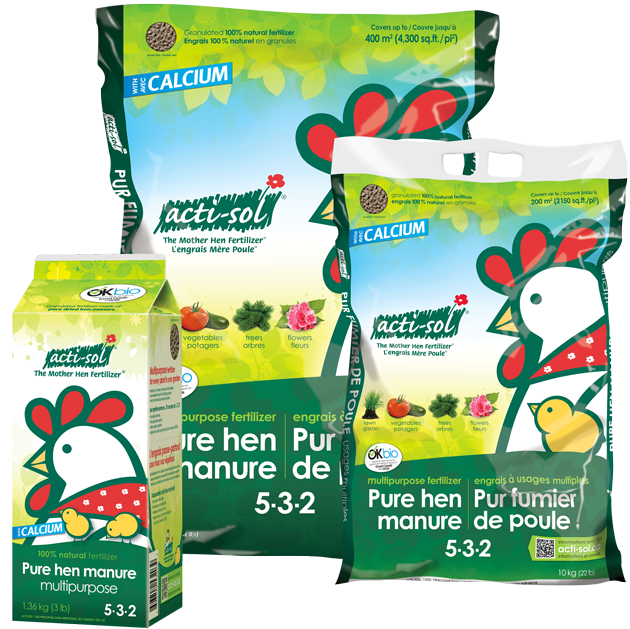
You can plant bulbs directly into the ground, in flower beds, borders, under fruit trees, or in any other areas that you would like to add some spring colour. You can also plant bulbs into pots and containers. The most important feature of a planting location is drainage. Try to avoid heavy clay soils and containers without drainage holes. Your planted bulbs will need good moisture in order to root out properly but if there is standing water on top of where you plant your bulbs, the bulbs will rot and not perform as they should. In extremely cold climates, it is helpful to add a thin layer of mulch on the tops of the soil where the bulbs are planted for extra protection. Bulbs perform well in full sun to part shade.
If you are concerned about squirrels eating your bulbs, you might want to think about using a little chicken fertilizer. Squirrels hate it!
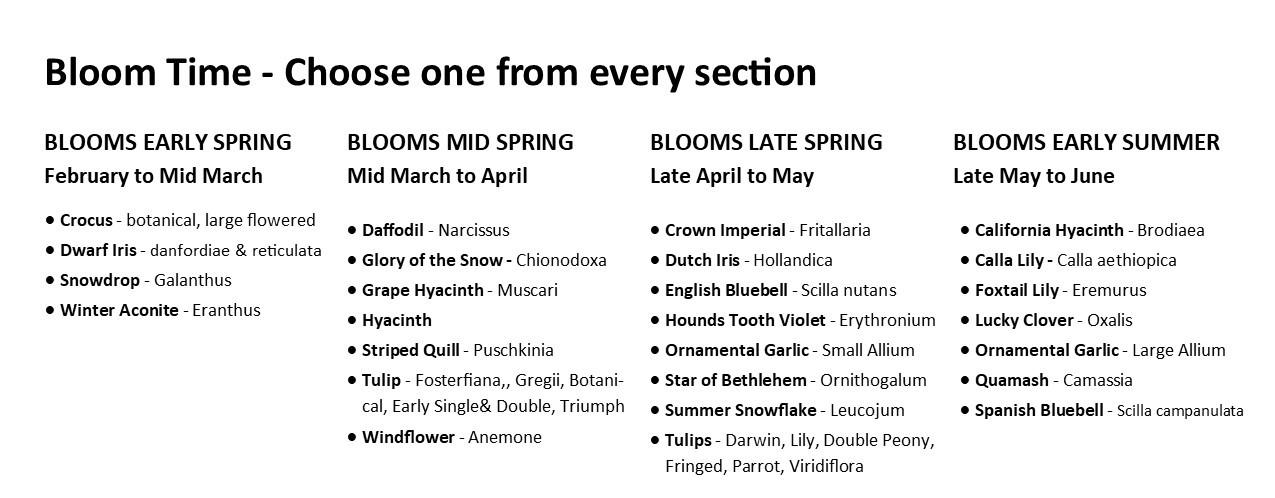
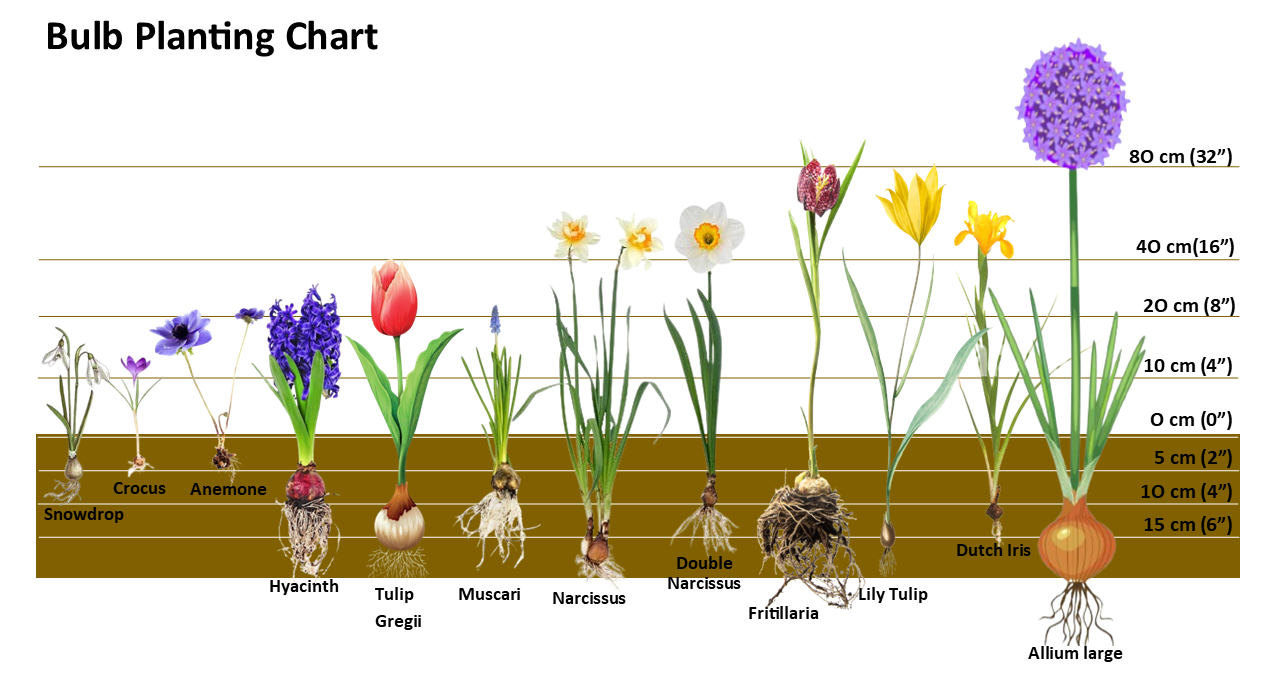
If there are no instructions, a general rule is to plant your bulbs at a depth three times the diameter of the bulb. Dig your hole and sprinkle a phosphorus-rich fertilizer (that’s the middle number on the fertilizer package) into the bottom of the planting hole. Bone Meal works great for this purpose (2-14-0).
Bulb Planting Guide

Planting in the ground – Before planting, plan where you want to place these bulbs in your garden. It is recommended to plant bulbs 2″ to 3″ apart. Bulbs provide the most impactful displays when planted in odd numbers. Cluster planting is quite attractive. Generally, the rule of thumb is to plant the bulb at a depth of 2 to 3 times the bulb height, pointy side up. Some growers use the diameter as a way of measuring depth as suggested above. Therefore, a tulip bulb would be planted about 4″ to 6″ deep. A daffodil bulb is best planted 6″ to 8″ deep. If in doubt, it is best to plant a little deeper than recommended, than it is to plant too shallow. This will provide more protection from the elements and curious animals.

Container planting – When planting tulips in pots, you will want to place the ‘flat edge’ of the tulip against the edge of the pot. This will provide a fuller look to your pot. You do not need to fertilize at the time of planting. Bone meal is beneficial, but not necessary.
After Flowering Maintenance
Once the bulbs have finished flowering, do not mow them down right away. In order for your bulbs to come back and look nice for a second season, you must allow the foliage to die down naturally. Start by cutting the flower head off entirely so that it does not start producing see. This will trigger the bulb to start storing energy back into the bulb for next years flowers. At this time, it is helpful to mix in bone meal or bulb booster into the soil.
Worried about Deer and Squirrels?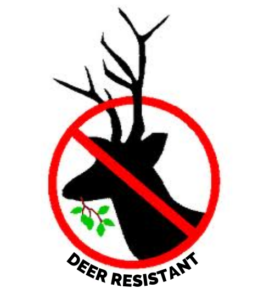
If your area is visited by deer and squirrels, Bulb Gardening could be a bit of a challenge. Outsmart the deer, squirrels and other garden pests this fall by selecting and planting varieties that they do not find tasty. Using Bobbex or a similar repellent on your more vulnerable varieties will also help to deter these cute but pesky creatures.
Look for those varieties that are marked deer resistant:
